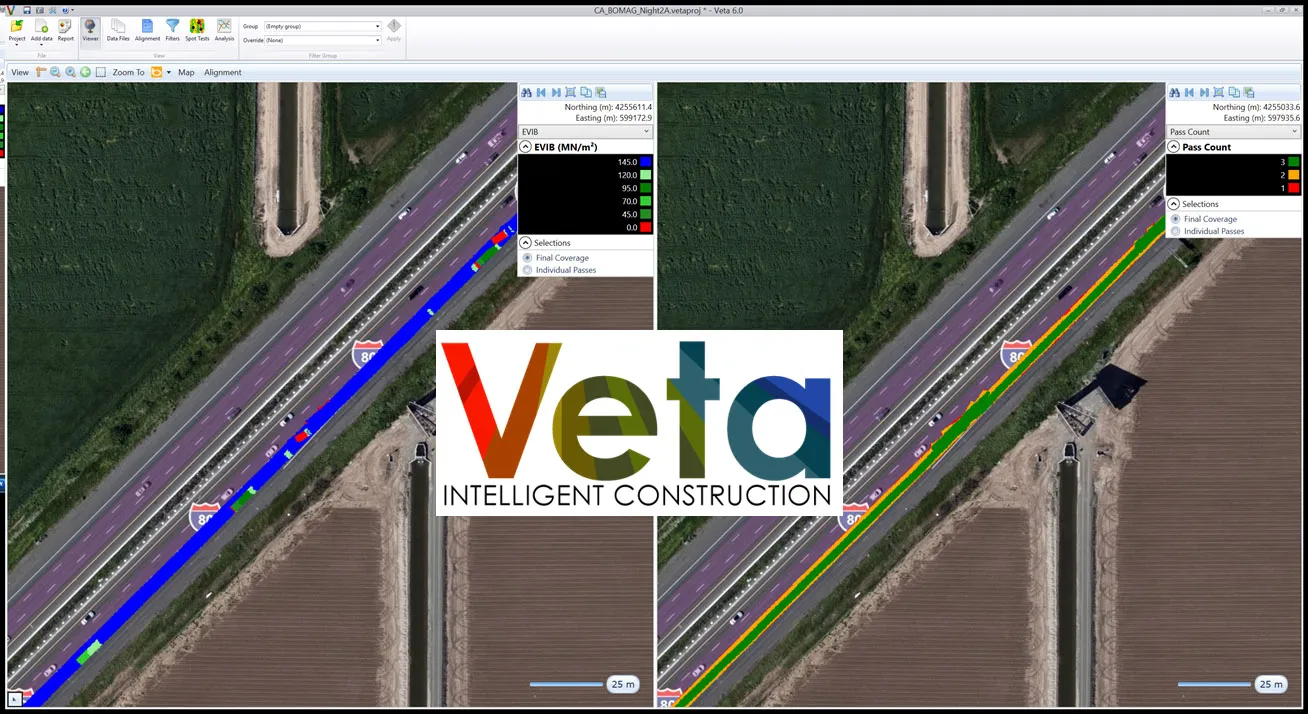The Federal Highway Administration (FHWA) in the United States is offering demonstrations of its Dynatest 6875H Highway Friction Tester (HFT) to state departments of transportation (DOTs).
The HFT is a self-contained testing vehicle that maps friction at one-foot intervals continuously along a pavement section. Agencies can use friction data provided by the HFT for both network-level and project-level applications.
Continuous friction testing can improve agencies' ability to measure friction through inte
April 8, 2014
Read time: 2 mins
The 2410 Federal Highway Administration (FHWA) in the United States is offering demonstrations of its 2597 Dynatest 6875H Highway Friction Tester (HFT) to state departments of transportation (DOTs).
The HFT is a self-contained testing vehicle that maps friction at one-foot intervals continuously along a pavement section. Agencies can use friction data provided by the HFT for both network-level and project-level applications.
Continuous friction testing can improve agencies' ability to measure friction through intersections and around curves, regardless of radius. As well as providing continuous friction testing, the HFT uses a fixed-slip test method to deliver a coefficient of friction more attuned to conditions experienced by vehicles with modern anti-lock braking systems.
FHWA's on-site demonstrations will provide state DOTs with an overview of the HFT's testing and data reporting capabilities, and allow agencies to conduct friction testing on their states' pavement surfaces. HFT demonstrations may Span from a half-day up to five days depending on testing location and the agency's goals for the demonstration. FHWA is offering demonstrations free of charge, but may require participating agencies to provide traffic control.
To schedule an on-site demonstration, DOTs are being asked to contact pavement engineering firm The5943 Transtec Group at +1 (512) 451 6233 or request a demonstration online.
The HFT is a self-contained testing vehicle that maps friction at one-foot intervals continuously along a pavement section. Agencies can use friction data provided by the HFT for both network-level and project-level applications.
Continuous friction testing can improve agencies' ability to measure friction through intersections and around curves, regardless of radius. As well as providing continuous friction testing, the HFT uses a fixed-slip test method to deliver a coefficient of friction more attuned to conditions experienced by vehicles with modern anti-lock braking systems.
FHWA's on-site demonstrations will provide state DOTs with an overview of the HFT's testing and data reporting capabilities, and allow agencies to conduct friction testing on their states' pavement surfaces. HFT demonstrations may Span from a half-day up to five days depending on testing location and the agency's goals for the demonstration. FHWA is offering demonstrations free of charge, but may require participating agencies to provide traffic control.
To schedule an on-site demonstration, DOTs are being asked to contact pavement engineering firm The









